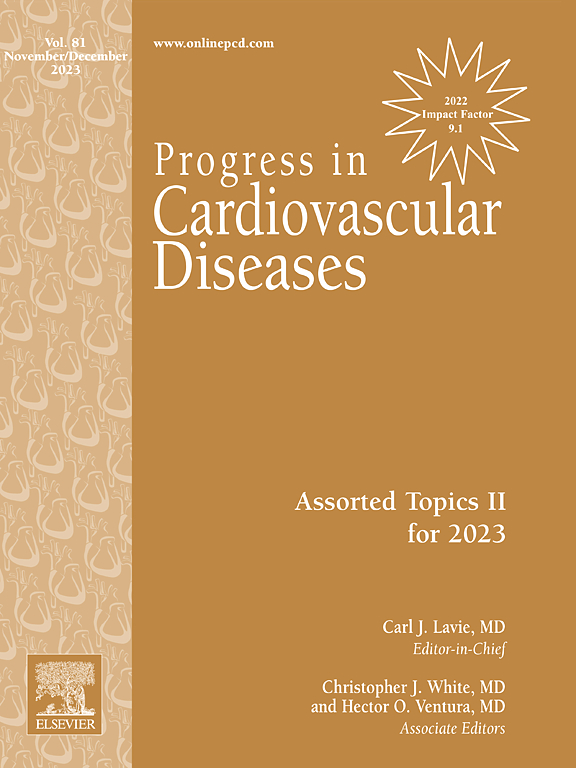心血管疾病患者的心率变异性。
IF 7.6
2区 医学
Q1 CARDIAC & CARDIOVASCULAR SYSTEMS
引用次数: 0
摘要
据报道,心率变异性(HRV)可预测患者的总体死亡率和心血管疾病事件的风险,包括心力衰竭患者。然而,记录和分析HRV参数的方法不一致,加上缺乏随机数据证实其临床疗效和指导治疗决策以改善患者预后的潜力,限制了其在临床环境中的应用。随着人工智能和机器学习等技术的进步,以及可以改变自主神经功能的消融手术的出现,本文重新探讨了HRV评估方法、临床应用潜力、临床研究中遇到的问题以及未来HRV研究的潜在途径(图形摘要)。本文章由计算机程序翻译,如有差异,请以英文原文为准。

Heart rate variability in patients with cardiovascular diseases
Heart rate variability (HRV) has been reported to predict overall mortality and the risk of cardiovascular disease events in patients, including those with heart failure. However, inconsistent methods of recording and analyzing HRV parameters, along with a lack of randomized data substantiating its clinical efficacy and potential to guide treatment decisions for improved patient outcomes, have limited its use in clinical settings. With the advancements in technologies such as artificial intelligence and machine learning, and emergence of ablation procedures that can alter autonomic function, this article re-explores HRV assessment methods, their potential for clinical application, the issues encountered in using them in clinical research, and potential approaches to studying HRV in the future (Graphical Abstract).
求助全文
通过发布文献求助,成功后即可免费获取论文全文。
去求助
来源期刊

Progress in cardiovascular diseases
医学-心血管系统
CiteScore
10.90
自引率
6.60%
发文量
98
审稿时长
7 days
期刊介绍:
Progress in Cardiovascular Diseases provides comprehensive coverage of a single topic related to heart and circulatory disorders in each issue. Some issues include special articles, definitive reviews that capture the state of the art in the management of particular clinical problems in cardiology.
 求助内容:
求助内容: 应助结果提醒方式:
应助结果提醒方式:


